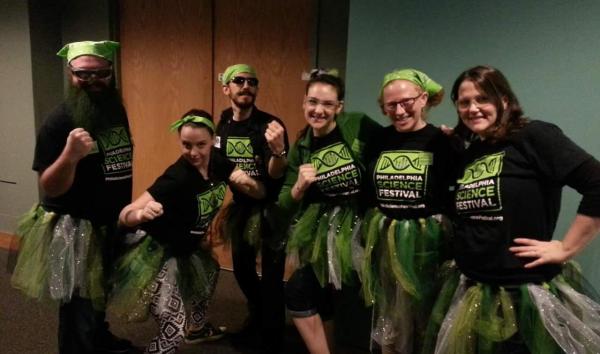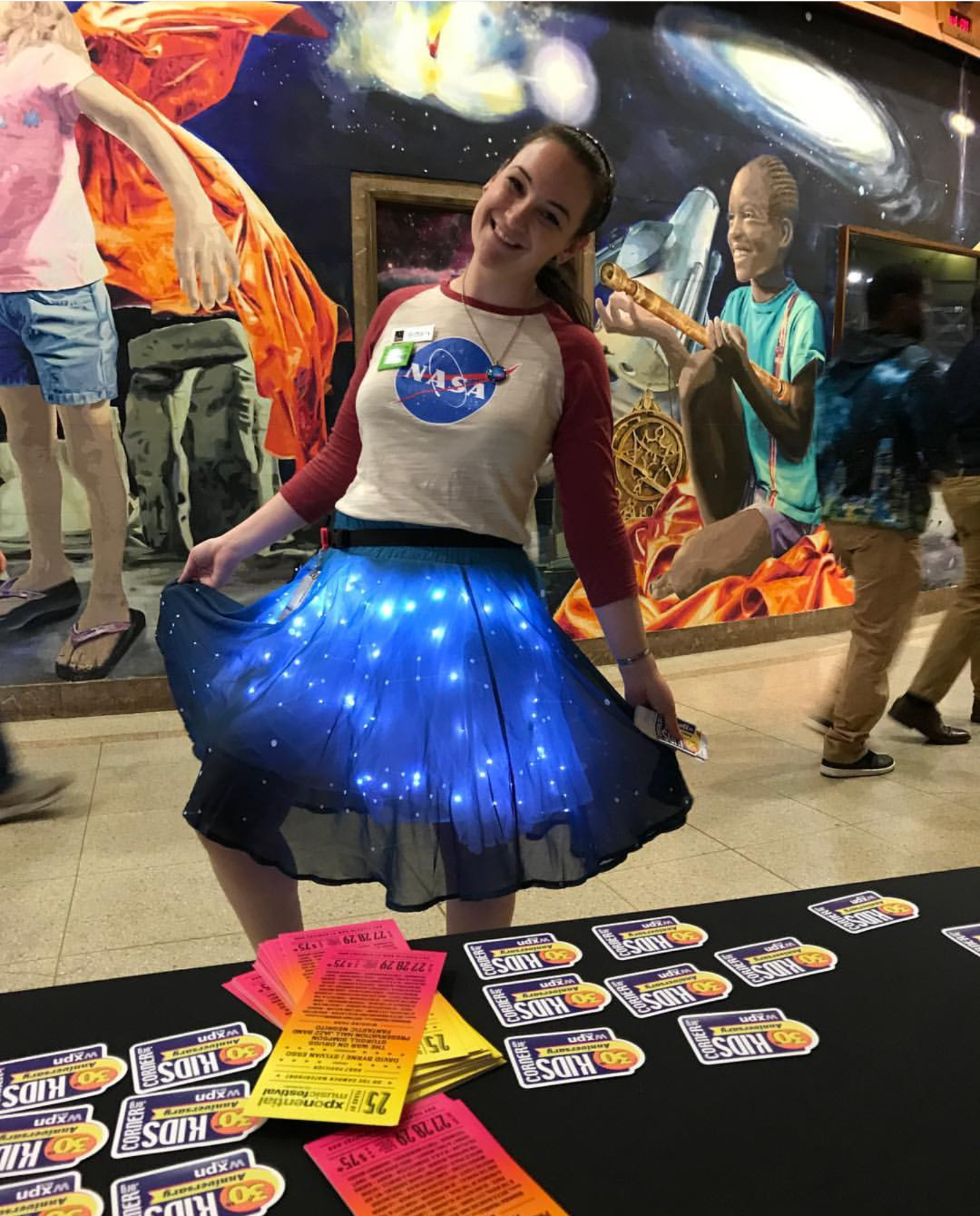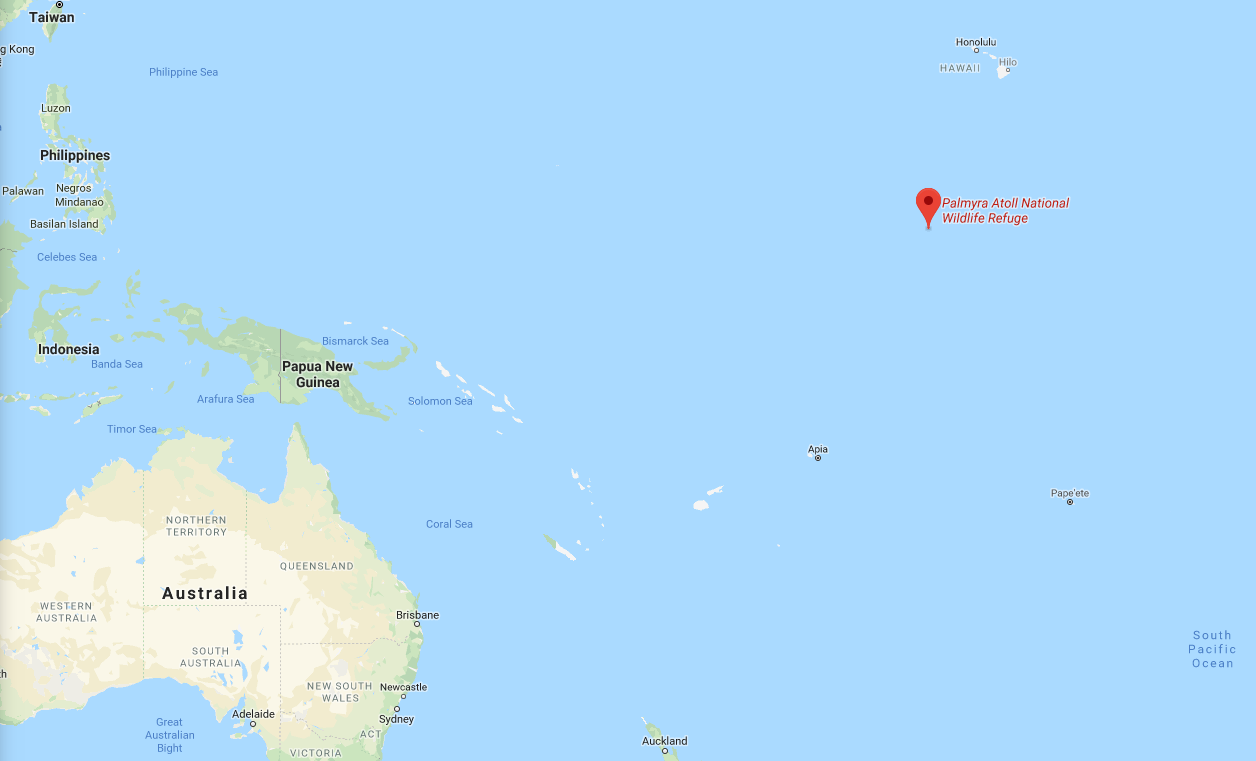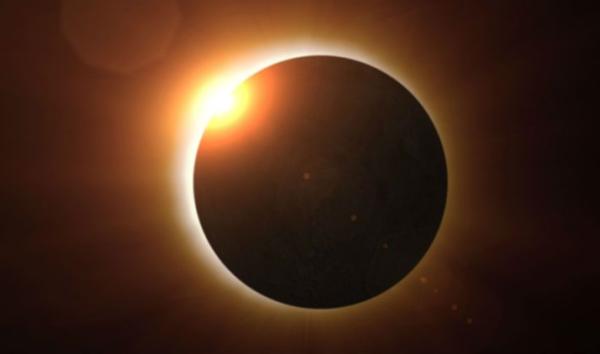
The Solar Eclipse in Chile and Argentina
Today a total solar eclipse draws a narrow path of lunar shadow across the South Pacific Ocean heading towards South America starting at 12:55pm Eastern time. The eclipse crosses Chile, then Argentina around 3:20pm and ends off the coast of Argentina in the Atlantic Ocean at sunset. The eclipse is only visible within the 125-mile wide path.
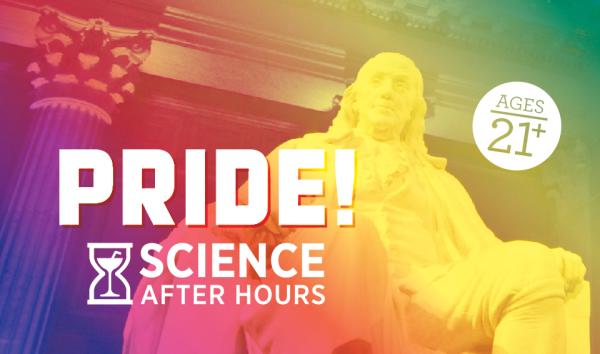
Science can be a 'Drag'
For our first ever Pride edition of Science After Hours, I wanted to look at ways to showcase the amazing potential that comes when people work together and collaborate on something amazing. So I thought of pairing 3 of the museums amazing Science Interpreters with 3 local Drag Queens to create 3 unique experiences for our guests that night. But how do you pair off 6 larger than life personalities, each with a passion for flare and expressing themselves…well like it’s a dating profile.
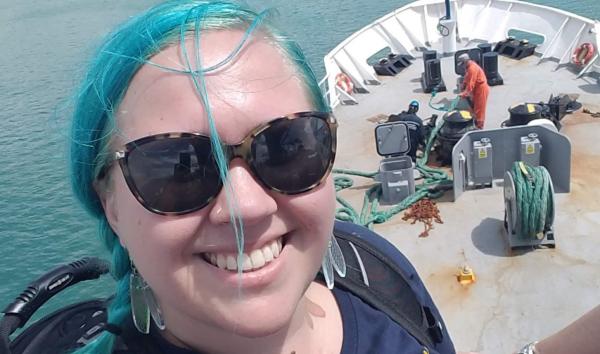
Follow Alix Leszczynski on Nautilus Live!
No matter where you are this summer, you are just an internet connection away from experiencing real scientific ocean exploration at the bottom of the Pacific Ocean. As a Science Interpreter here at The Franklin Institute, I am SO excited to share the work of Nautilus Live with all of you this summer!
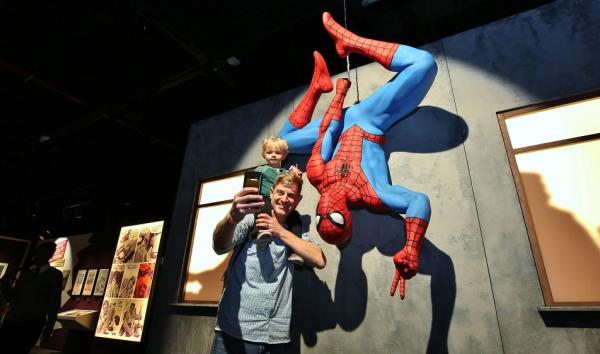
'MARVEL: Universe of Super Heroes' - Every Fan's Dream
The verdict is in! Our 'MARVEL: Universe of Super Heroes' exhibit is an extraordinary trip through the beloved Universe.
I finally got to visit @TheFranklin’s Marvel Exhibit and it was awesome!! Full of cool artifacts from original comics to the actual costumes from the MCU. Definitely planning on going back!! pic.twitter.com/ZoC5HELUpE
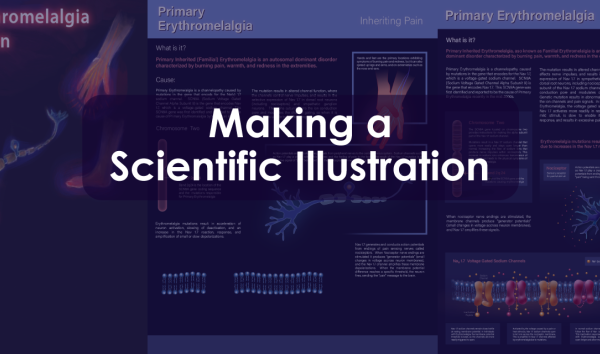
Making a Scientific Illustration
The process of creating scientific artwork differs depending on the project, the subject matter, and the media used, but the first step always begins with an idea and lots of research into the science of the subject. What truly makes the piece is the information behind it, and the scientific illustrator has the unique position of translating the scientific concept into a visually appealing presentation and artwork.
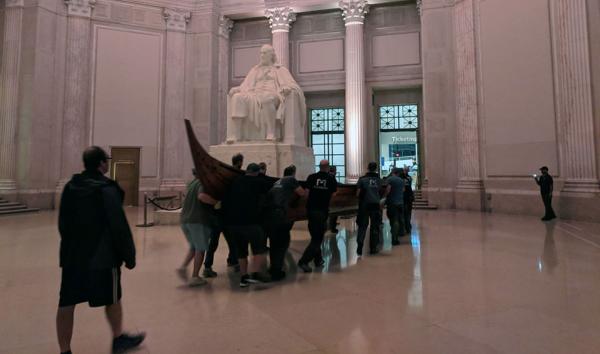
How to Fit a Dinosaur In a Freight Elevator
I often get the impression people think traveling exhibits just appear, or are as simple to set up as an inflatable bouncy castle. “Are you building Marvel?” someone asked me the day after Vikings closed. “Not yet, we have to get rid of Vikings first!”

Why We Need Scientific Illustration
If you haven’t read the first blog post, “Scientific Illustration: What is it?” go check it out to learn more!
Now that you know what scientific illustration is, you might wonder why it is so important. We have cameras that can instantly take photographs, so why do we need illustration?
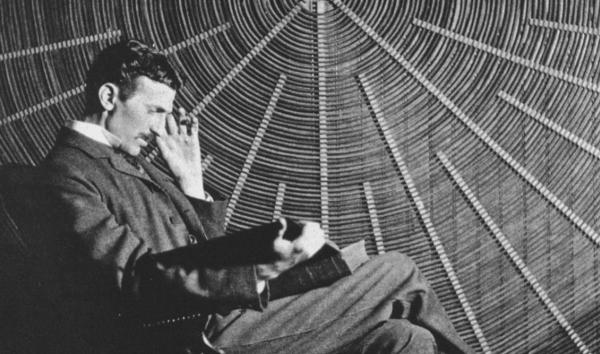
Creating Tesla's Dream: The Artist
Tesla enthusiast, museum exhibition creator, 3D animated movie collaborator, storyteller and globally-minded artist Helena Bulaja Madunichas helped me understand Nikola Tesla better than I had before. Instead of viewing him an ineffectual business person who died penniless and alone in a New York hotel room, we should think of Tesla as an arti
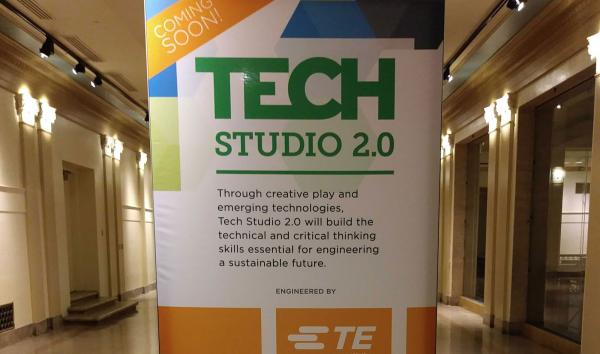
National Engineers Week and the New Tech Studio Project
February 17-23rd is National Engineers Week® and the Franklin Institute is ready to celebrate. Established by the National Society of Professional Engineers in 1951, National Engineers Week® is a time when educational organizations, corporations, and government agencies across the country highlight the positive influence that engineers have on everyday life.

Scientific Illustration: What Is It?
Where Science and Art Become One
Art plays a significant role in the development of science and how information and discoveries are shared. Most people consider science and art to be on opposite sides of the spectrum, but at the conjunction of art and science is the lesser-known field of scientific illustration. Even if you have never heard of scientific illustration before, you have likely seen it in many places. Think about the science textbooks you used in school, the images and models in a museum exhibit you visited, or maybe even that poster a
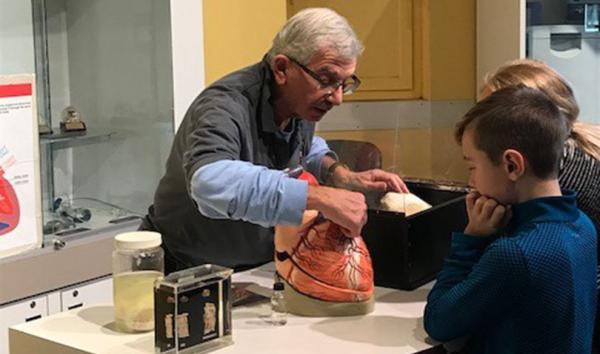
Unsung Heroes
What do an art student, a suburban family of four, a retired couple from Portugal, and an inner-city second grader have in common? They all visit the Franklin Institute. In a normal year more than 800,000 visitors come to the museum, every single one of them for a different reason. The art student may come to do research for a project, the family to spend some quality time together, the Portuguese couple to experience an American cultural center, and the second grader for a field trip. Each of them has a different motive and wildly different interests.
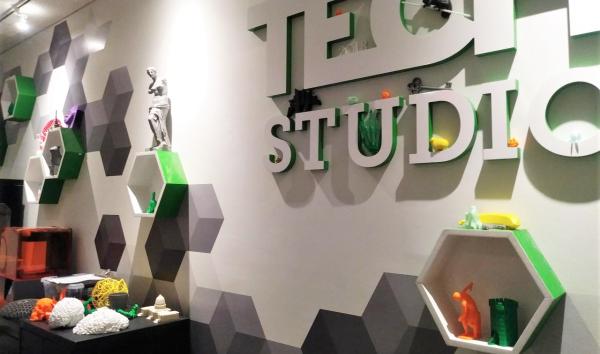
A Look Inside the Tech Studio
“Welcome to the Tech Studio!” I exclaim to a group of elementary school students and their chaperones as they enter through the glass-walled threshold. They pause a moment to survey the room. Dozens of eyes scan the colorful objects on the shelves and table as the children roam the area. Miniature monuments sit next to a DNA helix, human and animal skull replicas reside next to tiny toy elephants, sheets of chainmail are scattered across the table, and even a bust of Ben Franklin can be found next to a giant rainbow pangolin. It’s hard to decide what to look at first.
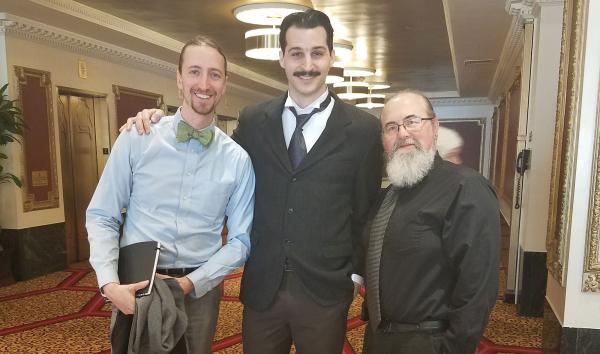
Creating Tesla’s Dream
Paul Taylor, the Creative Coach of Museum Programs at The Franklin Institute, and I are in the process (my favorite part of creating a new play) of crafting a world-premiere production about the 1894 Franklin Award-winning scientist -- and key figure in providing usable alternating current to power our homes, businesses, and industry -- Nikola Tesla. This play will be performed during the 2019 Philadelphia FringeFestival this September 11-15. Most of our collaborative work has
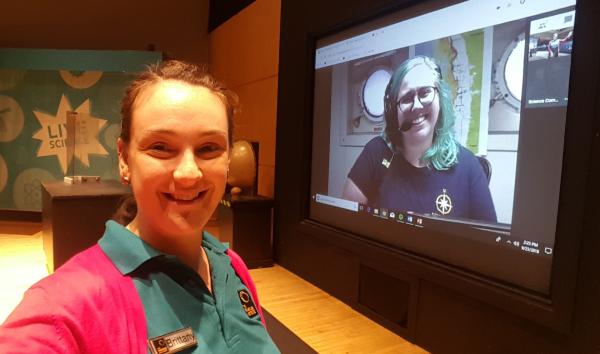
Reflecting on E/V Nautilus: Alix Returns to The Franklin Institute
On September 15th, E/V Nautilus left port in Honolulu Harbor with an ambitious plan to map and survey 10 previously unmapped and unexplored seamounts in the far north of the Papahanaumokuakea Marine National Monument off of Hawaii. It was the first time the E/V Nautilus had ever been so far into the Eastern Pacific, and hurricane season threatened to cut our operations short many times.
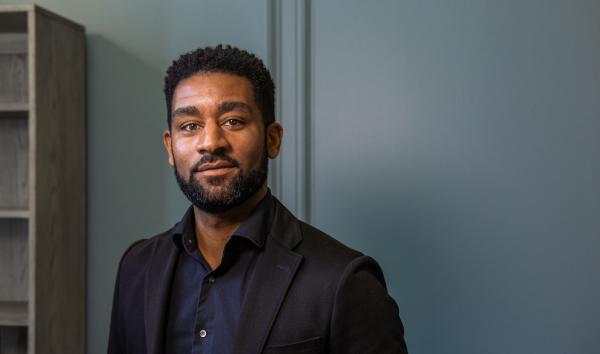
Darryl Williams joins NASA’s efforts in creating a STEM-literate world
Darryl Williams is a strong believer in pursuing your dreams.
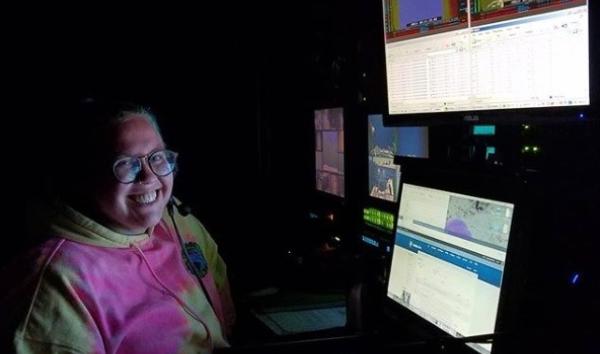
Ocean Exploration with E/V Nautilus: What Have We Seen?
You quite literally never know what you are going to find when you set out to view the unexplored, and I have been learning that first-hand here aboard the E/V Nautilus.

Why Isn't Medical Research More Diverse?
This week, investigative journalists published an analysis of recent clinical trials of cancer drugs from the Food and Drug Administration. The report from ProPublica and StatNews showed a sobering, but sadly not surprising, result. African Americans are severely underrepresented in clinical trials of these drugs, even when they are at higher risk for that particular type of cancer.
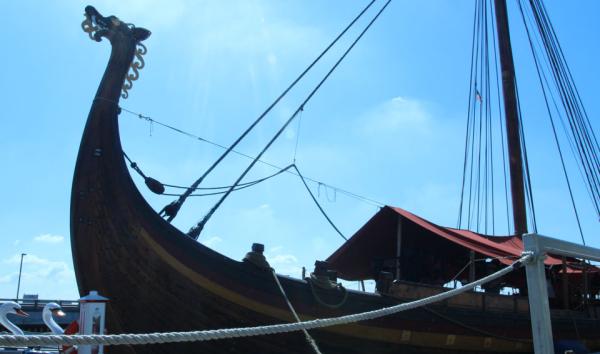
The Vikings Set Sail for Philly
Longtime fans of Thor and Loki would pounce at the opportunity to tour a Viking ship. But where do you find an actual ship when the Viking era ended hundreds of years ago?
Luckily for us here in Philadelphia, the Draken Harald Harfagre recently made its much-anticipated appearance at Penn’s Landing during their 2018 East Coast Tour. Stretching out 115 feet long, the formidable and gorgeously crafted Draken is the largest recreation of a Viking ship in modern times.
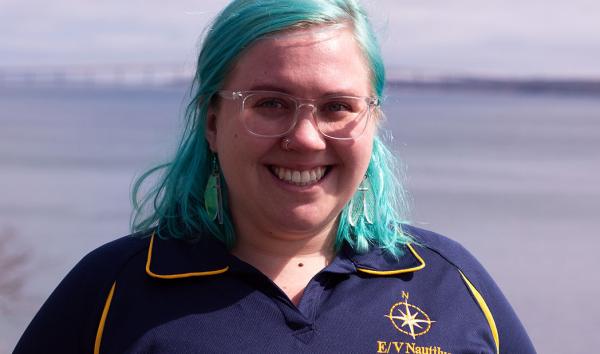
Bringing The Franklin Institute's Mission to the Middle of the Pacific Ocean
Marine scientists often refer to the ocean as the final frontier of exploration here on Earth. While the global ocean covers 70% of the Earth’s surface, we have little more than 10% of the seafloor mapped. This means that we have better maps of the moon than we do the ocean floor!
Ocean exploration at its purest aims to gain understanding of the unknown and shed light on the undiscovered beauty and power of our planet. Through working to understand the oceans, we also work to understand our place in the history of life on Earth.
Some New(ton) Updates for Sir Isaac's Loft
The Franklin Institute is in the midst of some exciting changes, one of which involves the classic favorite, Sir Isaac's Loft. Here's what's new:
The Main Change
Three huge devices were removed from the exhibit. After years of captivating visitors, it was time for a change. But if you missed The Bowling Ball of Doom, Play Catch, and the original Newton's Dream, don't worry!
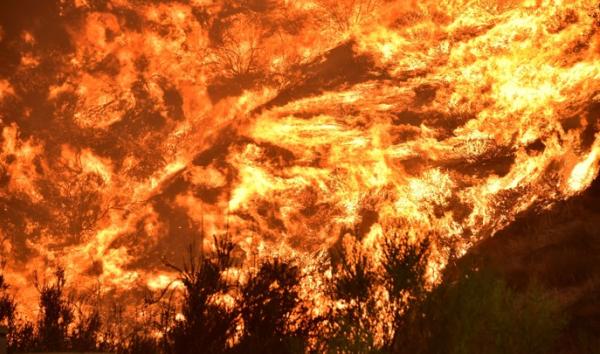
Did We Start The Fire?
At latest count, over 100 wildfires are raging throughout the American west. In California, 2018 will go down as a record setting summer, with three of its largest fires everhaving burned simultaneously.


